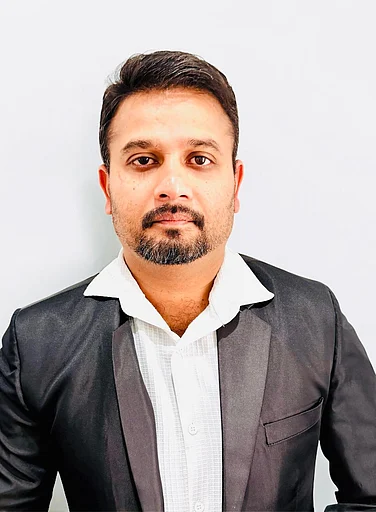This thesis presents a new approach to jetty construction methodology, introduced by Rahul Thottiyil, Founder of Rexline Engineering. The approach departs from conventional marine construction practices by relocating the build phase to land, followed by dredging to create river access. This new jetty design, with a load-bearing capacity of 450kN, is engineered to accommodate 10,000 Deadweight Tonnage (DWT) barges, aiming to reduce both cost and construction lead time. Based on Mr. Thottiyil’s engineering background in Australia, the methodology is now being implemented in Indonesia, offering a potential approach efficient, scalable, and environmentally adaptive marine infrastructure.
1. Introduction
Marine civil infrastructure has long followed a traditional model: in-river piling, dolphin construction, and direct marine-based execution. While effective, this approach is often cost-intensive, slow, and logistically challenging, especially in developing regions with complex permitting and site access issues.
Rahul Thottiyil, through his leadership at Rexline Engineering, has introduced an alternative methodology that redefines the conventional paradigm. By constructing the jetty on land and then opening it to the river via controlled dredging, this model eliminates many of the logistical and environmental constraints associated with traditional marine works.
2. Problem Statement
The need for a cost-effective and time-efficient alternative to conventional jetty construction is being explored, especially for:
Remote industrial sites needing rapid bulk material handling solutions.
Projects facing regulatory or environmental restrictions for in-river piling.
Stakeholders seeking reduced CAPEX and accelerated commissioning schedules.
3. Technical Innovation by Rahul Thottiyil
The design concept, engineered and introduced by Rahul Thottiyil, features:
- Land-Based Construction: All jetty components are fabricated and assembled inland.
- Dredging-Enabled Activation: Controlled dredging is undertaken post-construction.
- Load Bearing Capacity: Engineered for a 450kN structural bearing load.
4. Origin of the Concept: Australian Engineering Reapplied
With experience in complex infrastructure projects across Australia, Rahul Thottiyil adapted methodologies used in remote industrial zones and modified them to suit the conditions for Southeast Asia. His hybrid model draws on:
Modular construction practices
Soil stability modeling
Pre-alignment of river approach geometry
5. Implementation in Indonesia by Rexline Engineering
Under Thottiyil’s direction, Rexline Engineering is currently constructing a 10,000 DWT barge-handling jetty in Indonesia. Highlights include:
Entirely off-water fabrication
On-site assembly in dry conditions
Controlled dredging post-construction
~50% reduction in lead time
Significant cost savings
6. Industry Impact and Future Potential
The approach developed by Rahul Thottiyil is poised to shift the industry’s view on marine infrastructure delivery. Benefits include:
Scalable application across developing economies
Improved accessibility for EPCM contractors
Accelerated ROI for terminal projects
7. Conclusion
Through this model, Rahul Thottiyil has introduced a new approach to marine infrastructure construction. His contribution shows how engineering insight, international experience, and local adaptability can come together to develop cost-effective, and environmentally resilient infrastructure.
About Rexline Engineering:
Rexline Engineering is an engineering solutions company specializing in material handling systems, marine infrastructure, and industrial fabrication. Established by Rahul Thottiyil, an Australian-trained engineer, the company has gained recognition for developing cost-effective, scalable infrastructure models suited to the challenges of developing regions.
Headquartered in Southeast Asia, Rexline Engineering operates across Indonesia, Malaysia, and beyond, delivering turnkey solutions to various industries such as mining, power generation, cement, and port logistics. The company’s land-based jetty construction method for 10,000 DWT barges, presents an alternative approach that aims to reduce project lead time and environmental disruption.
Rexline’s multidisciplinary team combines advanced design principles with local adaptability, ensuring engineering outcomes that are both effective and sustainable. The company also integrates modular construction, soil stability modeling, and pre-engineered components to streamline delivery and reduce capital expenditure (CAPEX) for clients.
With a focus on infrastructure development across emerging markets, Rexline Engineering continues to invest in R&D and partnerships that support more efficient resilient engineering practices. Under the leadership of Rahul Thottiyil, the company focuses on infrastructure development across the Asia-Pacific region.






















